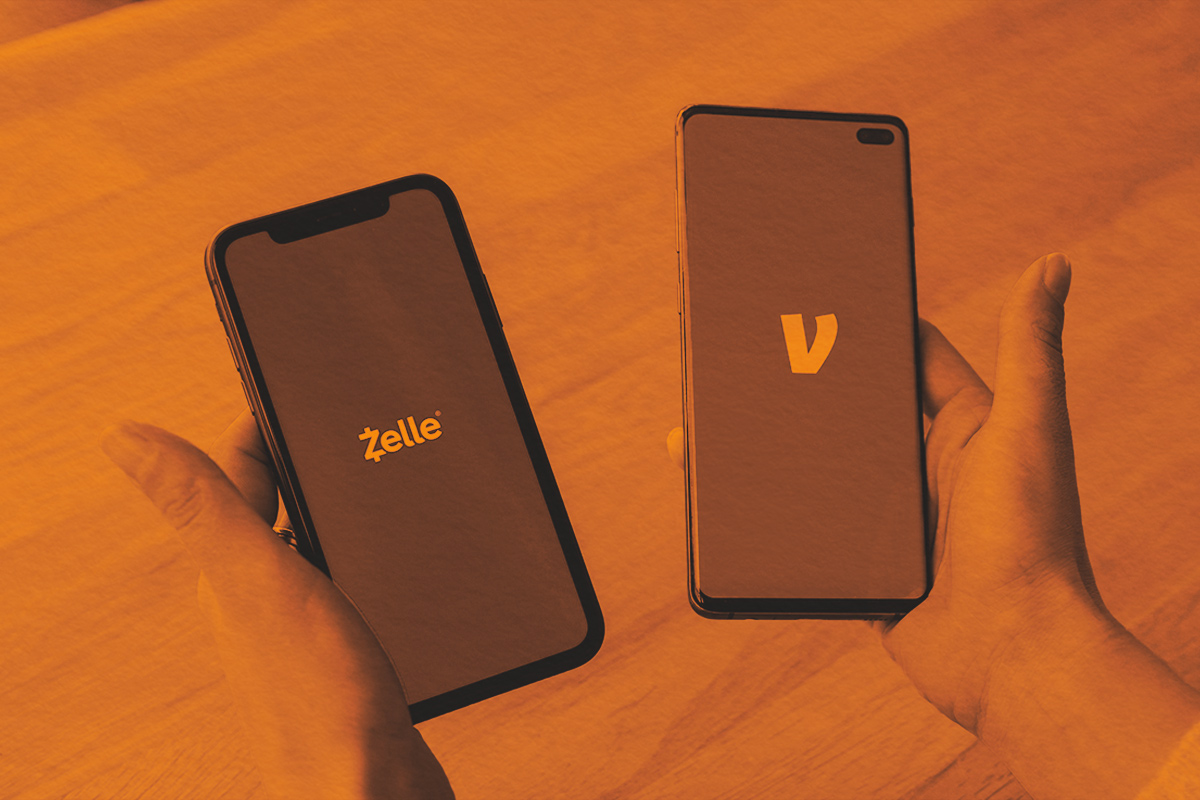
Modal verbs are like candles on a birthday cake. While the cake is the star of the show, it doesn’t shine quite as bright without the candles. In the same way, modal verbs enhance the meaning of main verbs when they are used together. Modals express ideas of permission, ability, prediction, possibility, or necessity — and we use them every day. The principal modal verbs are: can, could, may, might, must, ought, shall, should, will, and would.
Modals change the tone of the main verb. For example, “should” offers a suggestion, as in, “You should try the chocolate cake.” “Must,” on the other hand, expresses a demand, as in, “You must try the chocolate cake.” Here are a few additional examples:
- You may go to the concert. (permission)
- She can sing. (ability)
- The show will sell out fast. (prediction)
- It might rain today. (possibility)
- Cyclists must wear a helmet. (necessity)
Modal verbs also form questions and make requests. Consider the example: “May I borrow your phone?” In this sentence, “may” modifies the main verb, “ask,” to express permission. Similarly, in “Could you help me?” the modal “could” politely requests assistance. The modal “can” — as in, “Can I come with you?” — also forms questions, but it’s less formal than “may” and “could.”
Using modal verbs adds nuance, either softening or strengthening your statements. Misusing them may lead to “hedging,” which creates a degree of uncertainty. For instance, saying, “This could be the right solution,” makes your claim less definitive. If you want to convey certainty, consider a different modal, such as “will,” or drop it entirely. Ultimately, the choice of modals depends on the tone you intend to communicate.






















